Melting the Glass
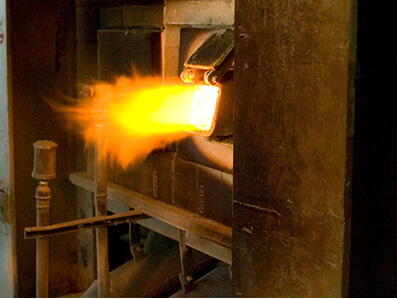
The melting pot (the furnace) melts all raw materials : cullet (recycled glass), sand, Ash soda, chalk and other raw materials. Phoenicia’s furnace is heated to 1,600°C and contains up to 300 tons of melted glass. click to watch a video clip describing the recycling process
Granting the containers their mechanic qualities
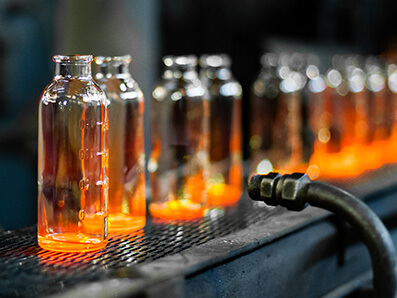
Upon leaving the production machines, the containers are placed in the annealing Lehr where they are re-heated to nearly melting point and then gradually cooled off. This process of heating and gradual cooling reduces inner stresses and makes the containers stronger and more resistant.
Quality tests
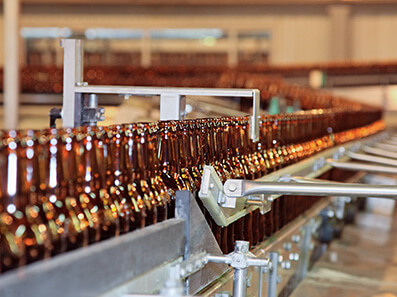
Once containers were cooled down to 38°C, they go through a double phase quality test :
- Computerized control machines performing physical and optic tests. Containers identified as defective in this test are automatically thrown to the cullet pile for re-melting.
- Additional test by quality inspectors, who perform visual tests and lab tests.
Forming the containers
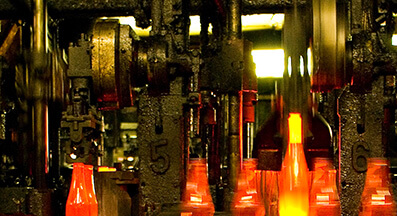
The melted glass is forwarded from the furnace to the working area via feeders with a cutting and distribution system which cuts the melted glass to uniform drops at the required size and sends them to the blowing machines, that turn the glass drops into the shape of a container, according to the mold installed in the machine. The containers leave the forming machine when they are at a temperature of 1,150°C, reach the annealing Lehr area where they gradually cool off to 480°C. At this point the glass turns from liquid to solid glass. Phoenicia has four production lines, producing approximately 200 bottles per minute and nearly one million glass containers every day.
External treatment
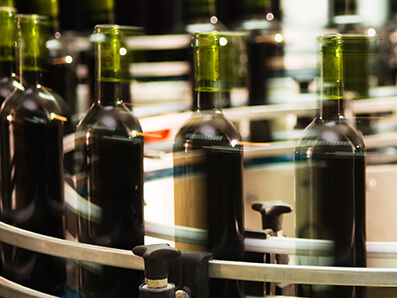
When containers’ temperature is reduced to 107-135°C, the containers are coated with a cold coating which streamlines their movement on the production line and prevents scratches.
Decoration
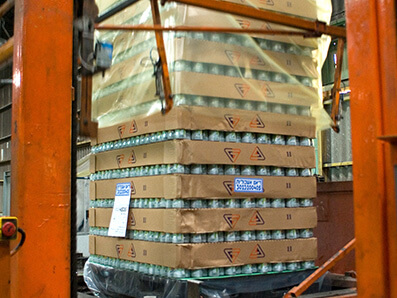
Sleeving the bottle by a designed decorated sleeve attached to the container as per customer’s request. Phoenicia has three sleeving machines, capable of sleeving nearly 120K containers per day, as well as resort the containers.

